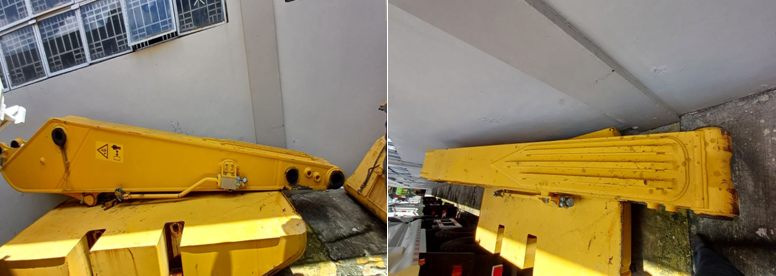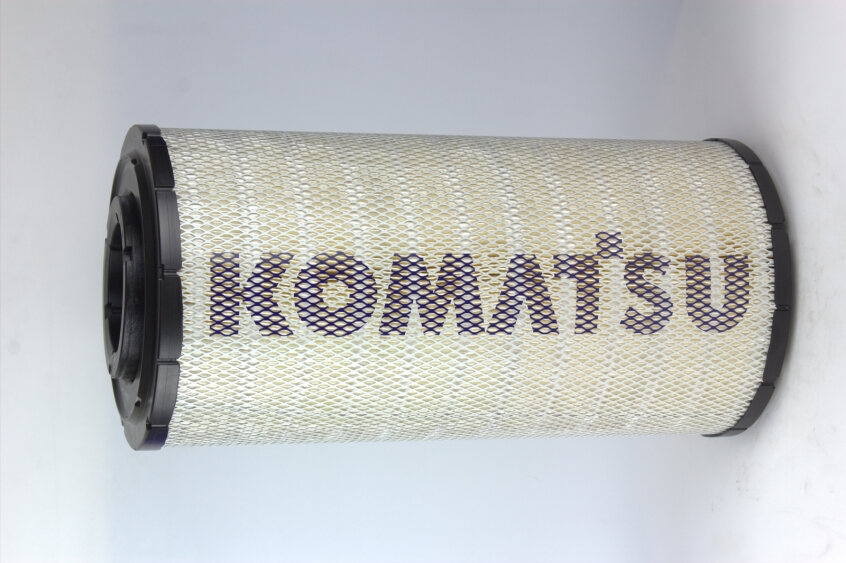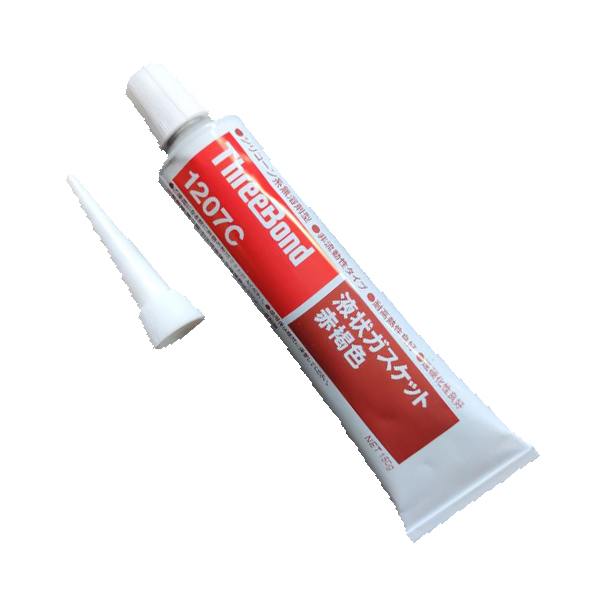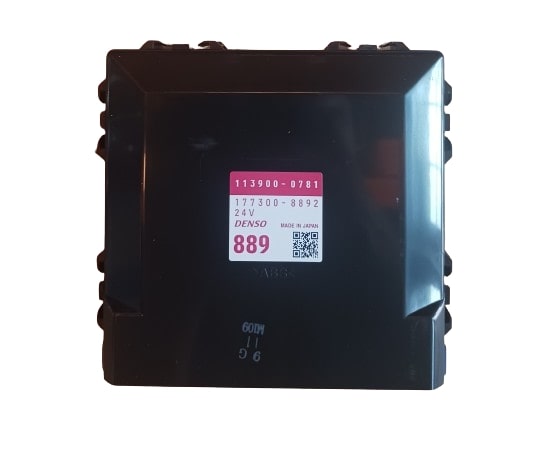Dismantled parts from PC200-8M0 C22176.
The Arm Cylinder Assembly of a Komatsu PC200-8M0 hydraulic excavator is a key component in the machine’s hydraulic system, responsible for controlling the movement of the arm (boom). This assembly enables the machine to perform digging, lifting, and positioning tasks by extending and retracting the arm.
Here’s a detailed breakdown of the Arm Cylinder Assembly:
1. Cylinder Barrel
- The cylinder barrel is the main body of the arm cylinder. It houses the piston and serves as the chamber where hydraulic fluid is introduced to generate the necessary force for movement.
- It is designed to withstand high pressures from the hydraulic fluid as it moves the piston in and out, controlling the arm movement.
2. Piston and Piston Rod
- The piston is a solid part inside the cylinder barrel that moves back and forth as hydraulic fluid enters or exits either side of the cylinder.
- The piston rod connects the piston to the outer structure of the excavator’s arm. As the piston moves, it pushes or pulls the rod, which in turn moves the excavator’s arm.
- The piston rod extends out of one end of the cylinder barrel, transferring the hydraulic force to the arm of the excavator.
3. Seals and Gaskets
- Various seals and gaskets are placed within the arm cylinder to prevent hydraulic fluid leaks and ensure smooth, efficient operation.
- These seals are typically made of durable materials like rubber or synthetic compounds to handle extreme pressure and friction.
4. Hydraulic Ports
- Hydraulic ports are located at both ends of the cylinder barrel. These are entry and exit points for the hydraulic fluid, which is controlled by the excavator’s hydraulic pump and valve system.
- By directing fluid to either side of the piston, the arm cylinder extends or retracts the piston rod, allowing precise control of the arm’s movement.
5. Mounting Points (Pins and Bushings)
- The arm cylinder is attached to the mainframe of the excavator and the arm structure through mounting points, which typically use pins and bushings.
- These allow the cylinder to pivot and move freely as it extends and retracts, providing the necessary range of motion.
6. Cushioning System
- To prevent sudden stops or jolts at the end of the piston’s stroke, the arm cylinder often includes a cushioning system. This system slows down the movement at the end of the stroke to prevent damage and ensure smooth operation.
7. Hydraulic Fluid
- Hydraulic fluid is pumped into the arm cylinder to power the movement. The fluid enters one side of the piston and exits the other, forcing the piston rod to move in the desired direction.
Function:
The Arm Cylinder Assembly controls the extension and retraction of the arm (sometimes called the "stick") of the excavator. The arm is critical for performing digging, scooping, and loading operations. The cylinder allows the operator to control the precise position of the arm, enabling accurate excavation work.
Operation:
- When hydraulic fluid is directed into the bottom side of the arm cylinder (below the piston), the piston rod extends, pushing the arm outwards.
- When hydraulic fluid enters the top side of the cylinder (above the piston), the piston retracts, pulling the arm back.
This assembly is a crucial part of the overall hydraulic system that ensures powerful and smooth movement for various tasks like excavation, lifting heavy materials, and precision digging.





